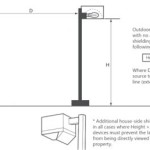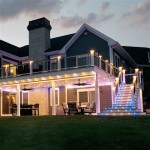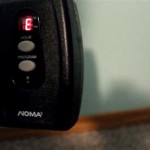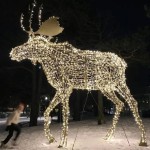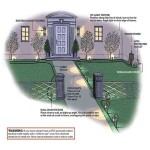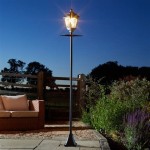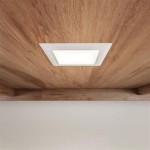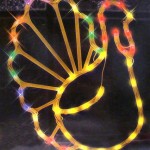Outdoor Gas Light Troubleshooting: A Comprehensive Guide
Outdoor gas lights, with their charming glow and nostalgic appeal, are a beautiful addition to any landscape. However, like any mechanical device, they can sometimes malfunction. When your outdoor gas light isn't performing as expected, it can be frustrating to figure out what's wrong. This comprehensive guide will walk you through common troubleshooting steps for outdoor gas lights, enabling you to diagnose and address most issues effectively.
1. Check the Gas Supply
The most common reason for an outdoor gas light not working is a lack of gas supply. Before investigating further, ensure that the gas valve to the light is turned on and that the main gas line is also functioning. Gas valves may have a lever design, a knob, or a push button mechanism. If the valve is not functioning properly, it might need to be replaced. Additionally, inspect the gas line for any leaks, cracks, or damage. A hissing sound or a gas odor might indicate a leak, requiring immediate attention from a qualified professional.
2. Examine the Flame
If the light is receiving gas, but the flame is not lit or is flickering, several factors could be at play. First, ensure that the wick is properly positioned and clean. A dirty or obstructed wick can hinder the flow of gas to the flame. Secondly, check the air vent or manifold. These regulate the air-to-gas ratio, crucial for proper combustion. Dirt or debris can obstruct the vent, causing the flame to be too small or to flicker. If these components are dirty, clean them thoroughly. Finally, inspect the igniter. Older gas lights often use a piezoelectric igniter that generates a spark to ignite the gas. If the igniter is malfunctioning, it needs to be replaced.
3. Inspect the Pilot Light
Many outdoor gas lights feature a pilot light, a small flame that keeps the main burner ignited. If the pilot light is out, the main burner will not light. Inspect the pilot light for a steady, blue flame. If it is flickering, out, or yellow, it may require adjustment or cleaning. The pilot light may have a small adjustment screw that controls the gas flow, often located near the base of the pilot light. Carefully adjust this screw to increase the gas flow, potentially reigniting the pilot light. However, exercise caution as over-adjusting can lead to a large and potentially dangerous flame.
4. Address Potential Blockages
Over time, outdoor gas lights can become clogged with dirt, insects, or debris. These blockages can restrict gas flow, affecting the light's performance. Inspect the gas line, the burner head, and the manifold for any obstructions. Use a soft brush, a small tool, or compressed air to clear any debris. If you find significant blockage or corrosion, it might be necessary to replace affected components.
5. Investigate the Flame Sensor
Modern gas lights may have an electronic flame sensor that detects the presence of the flame and sends a signal to the gas valve to maintain gas flow. If the sensor malfunctions, the light may extinguish or not ignite properly. Inspect the sensor for any visible damage, corrosion, or debris. If the sensor seems to be faulty, you may need to replace it. It is important to consult the manufacturer's instructions or a qualified professional before attempting to replace or adjust the flame sensor.
6. Check for Electrical Issues
Some outdoor gas lights might be equipped with an electrical component, such as a timer or a remote control. If the light is not working, examine the electrical system. Ensure the wiring is intact and that the power source is active. Inspect the electrical components for any signs of damage, corrosion, or loose connections. If you identify any electrical issues, it is crucial to seek the assistance of a qualified electrician before proceeding with any repair or replacement.
7. Seek Professional Assistance
While this guide provides a comprehensive overview of common troubleshooting steps, there are situations where it is best to seek professional assistance. If you suspect a gas leak, experience ongoing issues despite troubleshooting, or have any concerns about safety, contact a qualified gas appliance technician. They have the expertise and equipment to diagnose and repair complex gas light issues, ensuring your safety and the proper functioning of your outdoor lighting.

Troubleshooting Your Gas Lights American Lamp Works

Re Gas Lamp In Froint Yard Doityourself Com Community Forums

Outdoor Gas Lantern Shutoff Problem Doityourself Com Community Forums

The Flame Steward Installation And Service For Gas Lights

Troubleshooting Az Patio Heaters And Replacement Parts

Gas Lantern Repair Restoring Broken Lanterns In Fort Worth

Troubleshooting Your Gas Lights American Lamp Works

Troubleshooting Az Patio Heaters And Replacement Parts

Gas Lamp Blown Out How To Prevent This Issue American Works

Gaslight Service And Repair In Houston Tx
